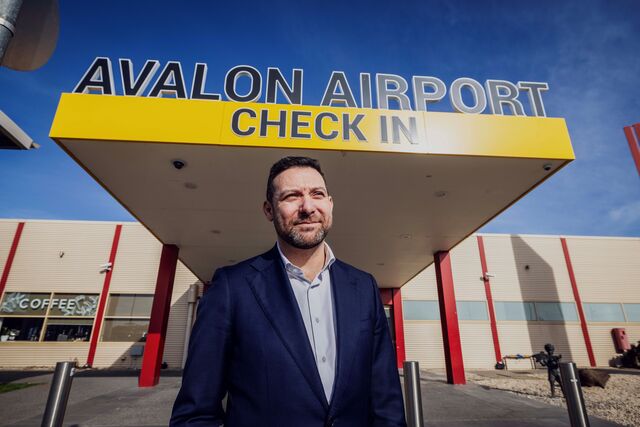Ambulance Victoria is installing high-tech electronic drug safes to prevent the abuse of powerful prescription pain killers by paramedics.
An independent audit found Ambulance Victoria’s procedures for monitoring and tracking the use of highly addictive drugs such as fentanyl, morphine and ketamine generally complied with the law.
But the review, by audit agency PricewaterhouseCoopers, also found lapses, leaving open the possibility that prescription drugs are being accessed and abused without detection.
The audit followed a Fairfax Media investigation revealing Ambulance Victoria insiders had been systematically siphoning off fentanyl – which is up to 100 times more powerful than morphine -and replacing it with water to avoid detection.
The discovery of the theft, which raised concerns patients had been given water rather than pain relief, prompted a sweeping state-wide investigation by Victoria Police and Ambulance Victoria, resulting in arrests and prompting Health Minister David Davis to demand the independent audit.
The audit, seen by The Saturday Age, found the quantity of so-called schedule 8 drugs – which are seen as having a ”high potential” for abuse and addiction – exceeded the maximum amount allowed in nine out of 16 branches audited, by an average of 40 per cent but by as much as 160 per cent.
It said in about half of the cases examined, paramedics held security keys to branches that did not match Ambulance Victoria records, and it was difficult to keep track of drugs being held by branches.
”[Ambulance Victoria] currently does not have a system which provides a readily retrievable record of the quantity and type of drugs, poisons and controlled substances ordered, moved and held at any point in time,” the report said.
The report also found some drug safes did not meet minimum standards, including the ability to withstand attack by hand tools for 30 minutes or power tools for five minutes.
In an effort to prevent abuse, Ambulance Victoria is speeding up installation of new drug safes that will be linked to a network, allowing it to remotely monitor and prevent access.
Ambulance Victoria regional services general manager Tony Walker said the abuse of prescription drugs was not limited to paramedics.
”What we want to do through these changes is ensure we’ve got robust systems to prevent it, and in the unusual circumstances where it does occur we can identify and do something about it,” Mr Walker said.
He said Ambulance Victoria had been reinforcing the need to double-check records and lock vehicles, and had started distributing medications from a single warehouse to minimise the risks of abuse or theft.
Abuse of prescription painkillers has soared in recent years, with the Coroners Court of Victoria last year linking the death of 15 people to fentanyl, which is also known on the street as Apache, China girl, dance fever, goodfella, jackpot and murder eight.






